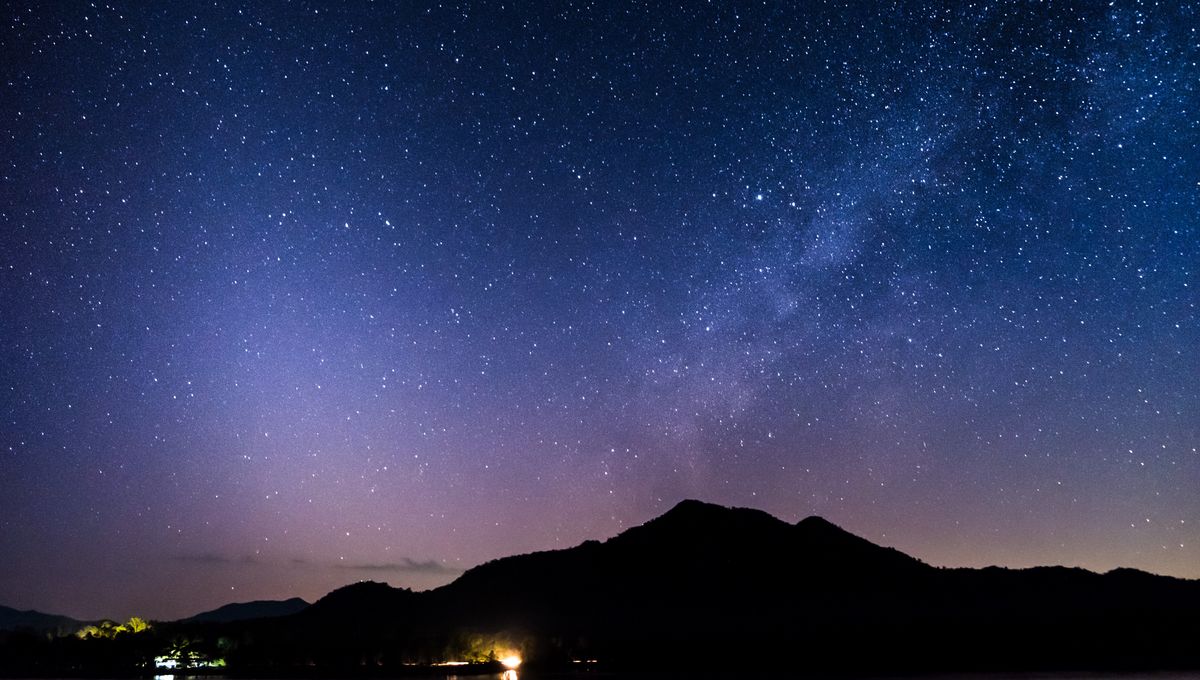Let’s hope for clear evenings ahead of us this month, because there are many celestial happenings in the March sky. The equinox will be at 3:06 am UTC on March 20 (10:06 pm ET on March 19), with the Northern hemisphere entering spring and the Southern hemisphere entering autumn.
This month is the best time to see the smallest planet in the Solar System. Mercury is going to be at its brightest and at its most distant from the Sun, and the two are not happening on the same date.
You don’t need to pick a specific date, though. From March 9, Mercury will be bright and above the horizon after sunset. Its brightness peaks about a week later, but it will continue to elongate away from the Sun. It reaches its maximum distance from the Sun on March 24, although it will be dimmer than in mid-March.
If you are unlucky with weather and do not have a single clear evening or a clear Western horizon, Mercury will reach its greatest elongation first on September 5, and then again on December 25.
Jupiter is going to be nice and visible across the Western sky too, and if you have a telescope you can see the planet Uranus as well. The two will meet in the sky in mid-April and throughout late March we will see Uranus, Jupiter, and Mercury all in a single line.
Let’s keep going with stuff to do at sunset. You have a chance to see the false dusk – the evening counterpart of the false dawn – before March 21. What you will be seeing is zodiacal light, a triangular glow in the west after the Sun has set. It is produced by dust in the plane of the Solar System and it is brightest on the zodiacal band, the pathway of the Sun and the Moon across the sky.
Due to the orientation of the Earth’s axis during the Northern hemisphere’s spring, it is easier to see after dusk. In the fall, you’ll be able to see it before dawn. For the Southern hemisphere, it’s the other way round, so you need to look east before dawn to spot this false dawn. For the zodiacal light, you need a clear view of the horizon with a dark sky and no light in the direction (west or east) that you are looking at.
If all of this is not enough, we have one more exciting thing for the end of the month: a partial lunar eclipse. During the night between March 24 and March 25, the Moon will pass through the Earth’s penumbra – our planet’s half-shadow. This type of eclipse doesn’t tinge the Moon red, but it ends up making it appear significantly dimmer than your usual full Moon.
It will be visible from Western Europe all the way to Eastern Asia and Australia, with the best view (and easiest hours) in the Americas. The whole affair of dimming and rebrightening lasts over four hours. And if you are in North America and this gives you eclipse fever, don’t forget that two weeks later, there will be a total solar eclipse crossing the continent from Mexico to Canada.


